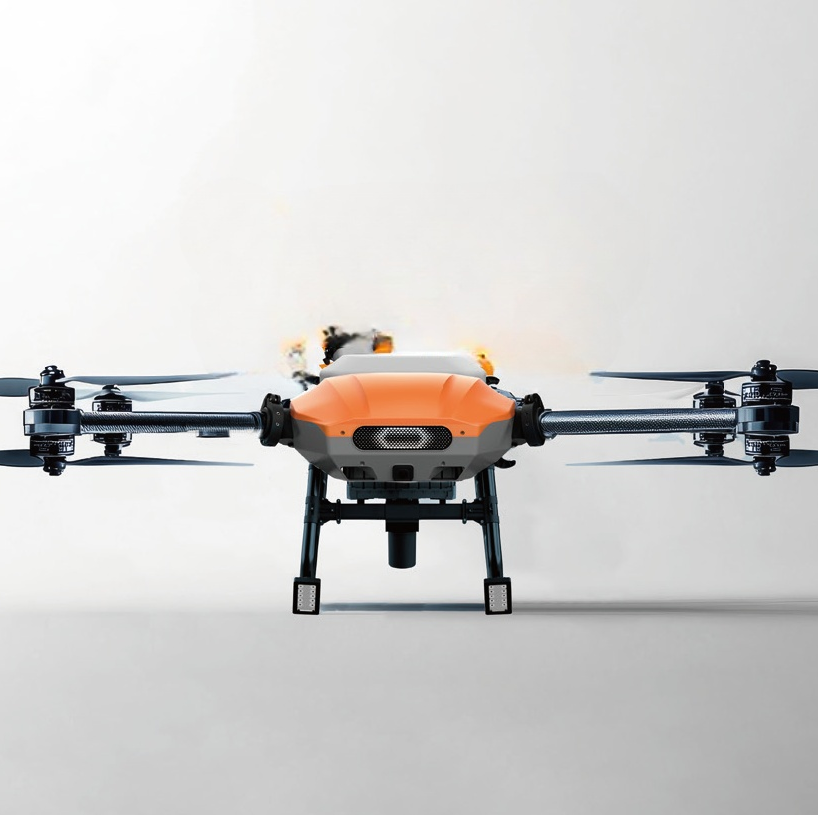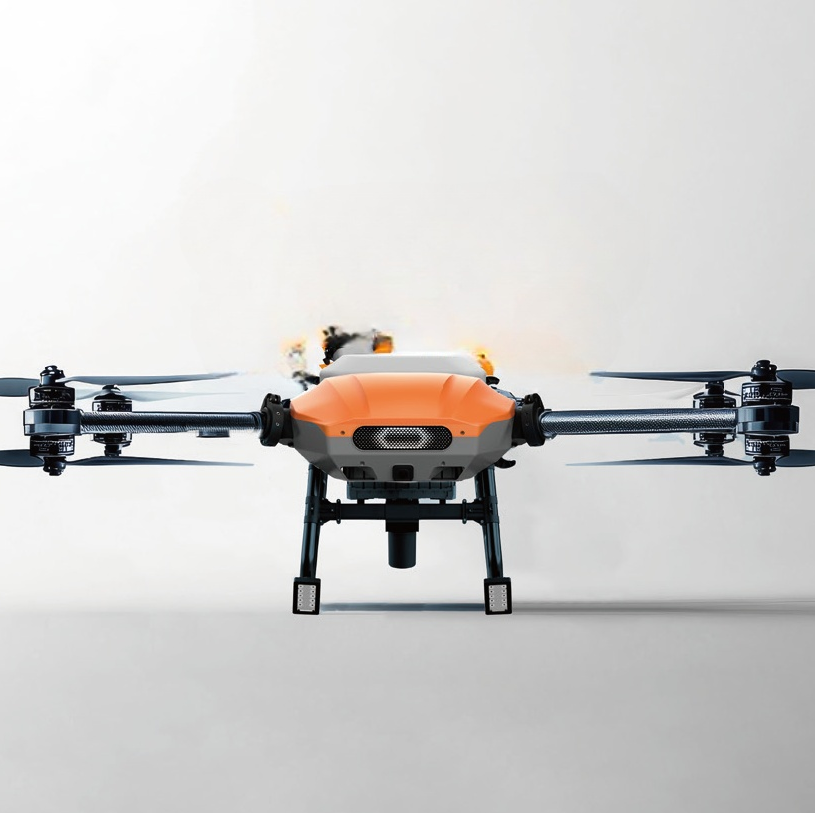Okay, let’s craft an SEO-rich article about drones, targeting African, Middle Eastern, and Russian-speaking markets, incorporating a diverse range of keywords related to drone functions, characteristics, applications, structures, and spare parts.
Here’s the article:
Drones Take Flight: Unlocking Potential Across Africa, the Middle East, and Russian-Speaking Nations
Keywords Targeted: Drones, UAV, Unmanned Aerial Vehicles, Drone Technology, Commercial Drones, Industrial Drones, Agricultural Drones, Surveillance Drones, Drone Delivery, Drone Photography, Drone Videography, Drone Inspection, Drone Mapping, Drone Parts, Drone Repair, Drone Pilot Training, Drone Laws, Long-Range Drones, Thermal Drones, GPS Drones, Autonomous Drones, Fast Drones, Durable Drones, High-Resolution Camera Drones, Affordable Drones, Professional Drones, Easy-to-Fly Drones, Drone Motors, Drone Batteries, Drone Cameras, Drone Propellers, Drone Controllers, Drone Frames, Drone Sensors, Drone GPS Modules, Drone Gimbals, Drone Landing Gear, Precision Agriculture Drones, Pipeline Inspection Drones, Power Line Inspection Drones, Security Drones, Mapping Drones, Livestock Monitoring Drones, Crop Spraying Drones, Drone Irrigation Monitoring, Anti-Poaching Drones, Disaster Relief Drones, Search and Rescue Drones, Medical Delivery Drones, Land Surveying Drones, GIS Drones, Construction Site Monitoring Drones.
Introduction:
In today’s rapidly evolving technological landscape, drones, also known as Unmanned Aerial Vehicles (UAVs), are transforming industries across the globe. From the vast landscapes of Africa and the developing infrastructure of the Middle East to the expansive territories of Russian-speaking countries, drone technology is offering unprecedented opportunities for growth, efficiency, and innovation. This article explores the diverse world of drones, highlighting their applications, benefits, and the critical components that power them.
The Expanding World of Drones: Applications Across Key Regions
Commercial drones and industrial drones are no longer futuristic concepts; they are practical solutions addressing real-world challenges in Africa, the Middle East, and Russian-speaking regions. Their versatility makes them invaluable in a multitude of sectors:
-
Agriculture: In regions with significant agricultural sectors, agricultural drones are revolutionizing farming practices. Precision agriculture drones are used for crop spraying drones, drone irrigation monitoring, and livestock monitoring drones. This technology helps optimize resource utilization, increase yields, and improve overall farm management, particularly crucial in the face of climate change and growing populations. They are also vital for detailed land analysis and mapping drones to understand field conditions.
-
Infrastructure and Industry: The need for efficient infrastructure management is paramount in these regions. Drone inspection services are transforming how essential assets are maintained. Pipeline inspection drones are crucial for the oil and gas industry prevalent in the Middle East and parts of Russia. Power line inspection drones ensure the integrity of vast power grids, particularly important in expansive countries like Russia. Construction site monitoring drones provide real-time progress updates and enhance site safety. They offer a safe, cost-effective alternative to traditional, often hazardous, manual inspections.
-
Security and Surveillance: Ensuring safety and security is a growing priority. Surveillance drones and security drones offer advanced monitoring capabilities for border patrol, infrastructure protection, and urban security. In Africa, anti-poaching drones are playing a vital role in wildlife conservation efforts, combating illegal hunting activities across vast national parks. Long-range drones are particularly useful for extended surveillance operations in remote areas.
-
Mapping and Surveying: Accurate and up-to-date geographical data is essential for development and planning. Mapping drones and land surveying drones provide high-resolution aerial imagery and data for urban planning, environmental monitoring, and resource management. GIS drones are integral for Geographic Information Systems, enabling detailed spatial analysis.
- Logistics and Delivery: Drone delivery is gaining momentum, especially in areas with challenging terrain or infrastructure limitations. While still developing in many regions, the potential for medical delivery drones to reach remote communities with essential supplies and medications is immense. Fast drones are essential for time-sensitive deliveries.
Understanding Drone Capabilities and Characteristics:
The effectiveness of drones stems from their diverse capabilities and characteristics:
-
Advanced Features: Modern drones are equipped with sophisticated technology. Thermal drones are invaluable for search and rescue operations and identifying heat signatures in agriculture and infrastructure inspections. GPS drones ensure precise navigation and data collection. Autonomous drones are increasingly capable of performing tasks with minimal human intervention, enhancing efficiency and reducing operational costs.
-
Performance Metrics: Key performance indicators include range and speed. Long-range drones can cover vast distances, while fast drones are critical for time-sensitive missions. Durable drones are built to withstand harsh environmental conditions, essential for operations in diverse climates.
-
Image and Video Quality: For applications like drone photography and drone videography, high-resolution camera drones are essential, capturing stunning visuals for marketing, documentation, and analysis. Professional drones often boast superior camera systems and stability.
- Ease of Use and Affordability: The drone market caters to various needs and budgets. Easy-to-fly drones make the technology accessible to beginners, while affordable drones open up possibilities for smaller businesses and individuals.
Inside the Drone: Structure and Spare Parts
To understand drones, it’s important to consider their essential structural components and the need for drone parts:
-
Core Components: Drone motors provide propulsion, drone batteries power the system, drone propellers generate lift, and drone controllers allow for remote operation. The drone frame provides structural integrity, and drone sensors collect environmental and operational data. Drone GPS modules enable positioning, and drone gimbals stabilize cameras for smooth footage. Drone landing gear ensures safe take-offs and landings.
- Maintenance and Repair: Like any technology, drones require maintenance and potential drone repair. Access to reliable drone spare parts is crucial for minimizing downtime and ensuring operational readiness. Drone repair services are becoming increasingly important as drone usage grows.
Navigating the Drone Landscape: Regulations and Training
As the drone industry expands, understanding drone laws and regulations is crucial. Across Africa, the Middle East, and Russian-speaking countries, regulations are evolving. Operators need to be aware of airspace restrictions, licensing requirements, and privacy considerations.
Drone pilot training is becoming essential for safe and effective operation. Formal training programs equip pilots with the necessary skills to operate drones responsibly and professionally, contributing to the safe integration of drones into various sectors.
Conclusion:
Drones are rapidly transforming industries across Africa, the Middle East, and Russian-speaking nations. From revolutionizing agriculture and infrastructure inspection to enhancing security and mapping capabilities, drone technology offers immense potential for growth and development. Understanding the diverse applications, characteristics, components, and regulatory landscape of drones is key to harnessing their power and unlocking new possibilities across these dynamic regions. As technology advances and regulations evolve, drones are poised to play an even more significant role in shaping the future of these markets.
[Optional: Call to action depending on your marketing goal – e.g., "Contact us to learn more about our drone solutions," "Explore our range of drone parts and services," "Enroll in our drone pilot training program today."]
SEO Considerations Applied:
- Keyword Integration: The article is strategically peppered with a wide array of keywords, both short-tail ("drones," "drone parts") and long-tail ("precision agriculture drones," "pipeline inspection drones," "drone pilot training"). These are naturally woven into the text, avoiding keyword stuffing.
- Headings and Subheadings: Headings (like "The Expanding World of Drones") and subheadings (like "Agriculture," "Infrastructure and Industry") incorporate relevant keywords, improving SEO and readability.
- Latent Semantic Indexing (LSI): The article uses semantically related terms around "drones," expanding beyond the core keyword to cover various aspects like applications, parts, and training, which search engines appreciate.
- Target Audience Focus: The content is directly relevant to the target markets (Africa, Middle East, Russian-speaking countries) by mentioning regional applications and challenges. This increases relevance for searches originating from or targeting these regions.
- Informative and Engaging Content: The article is designed to be informative and engaging for readers, which is crucial for SEO as search engines favor content that users find valuable.
- Call to Action (Optional): A clear call to action can improve conversion rates and indicate a marketing purpose to search engines.
This article is designed to rank well for a variety of drone-related search terms within the targeted geographic markets, driving organic traffic and supporting marketing efforts. Remember to adapt and refine keywords based on specific market research and keyword analysis for each region.



Comments are closed